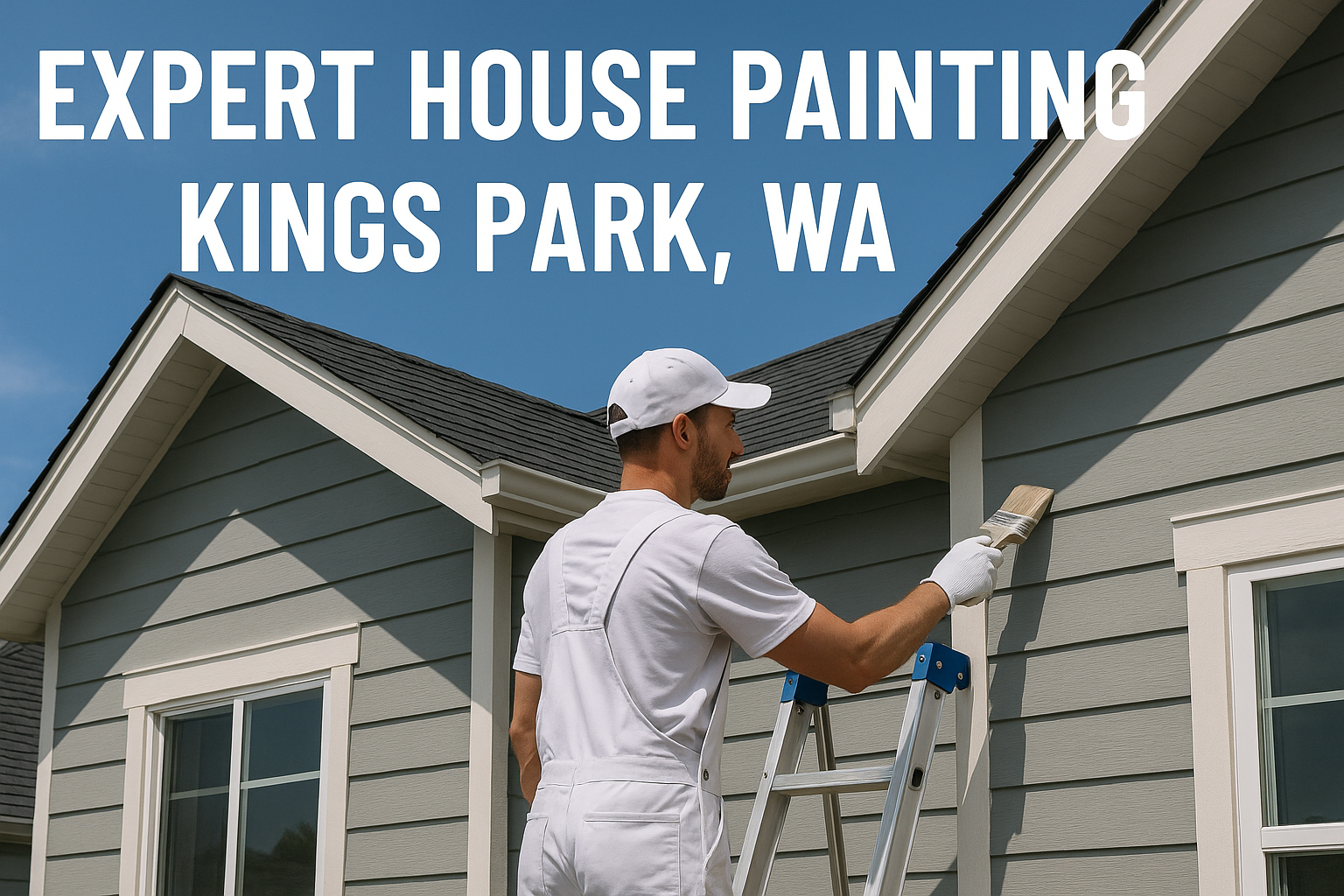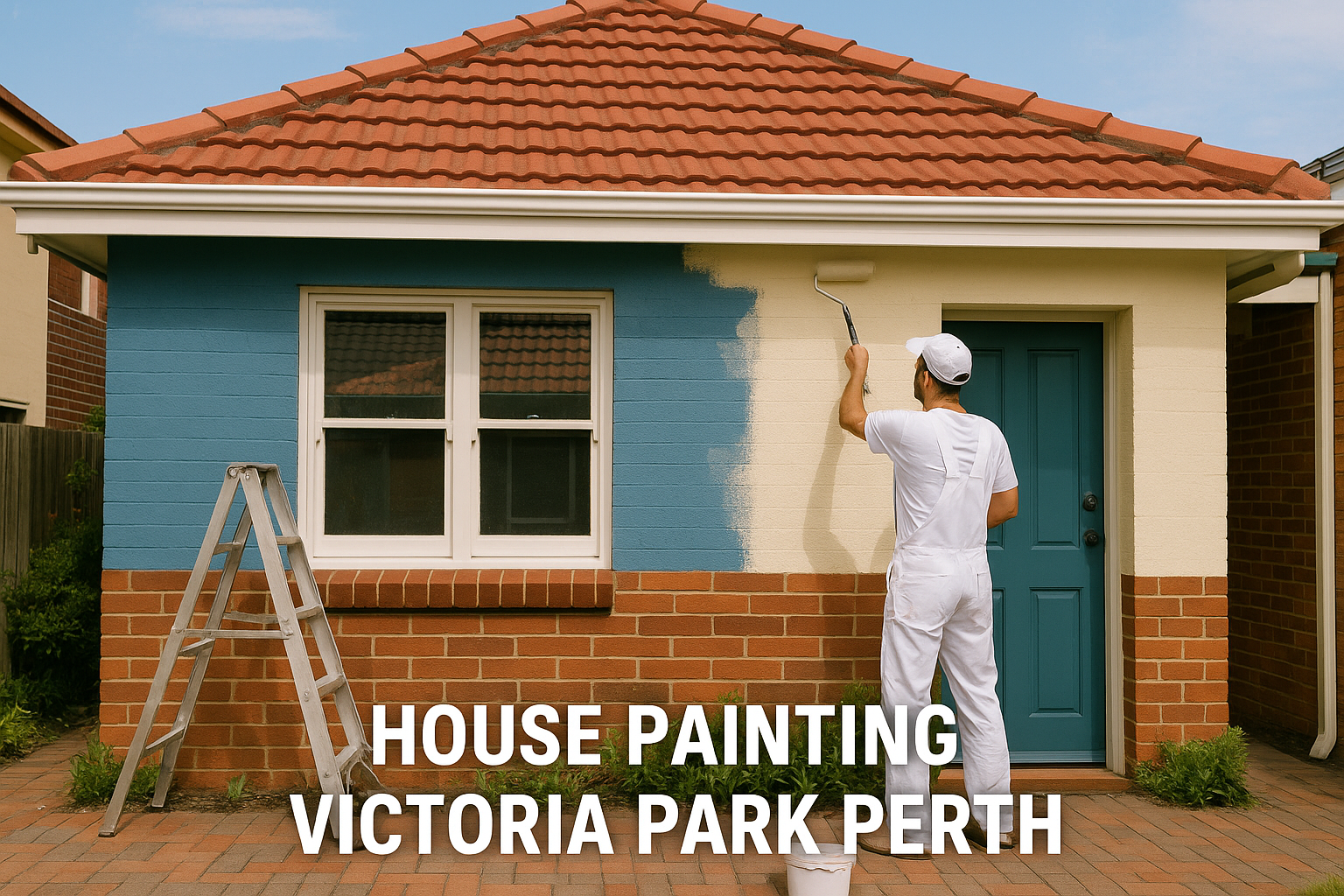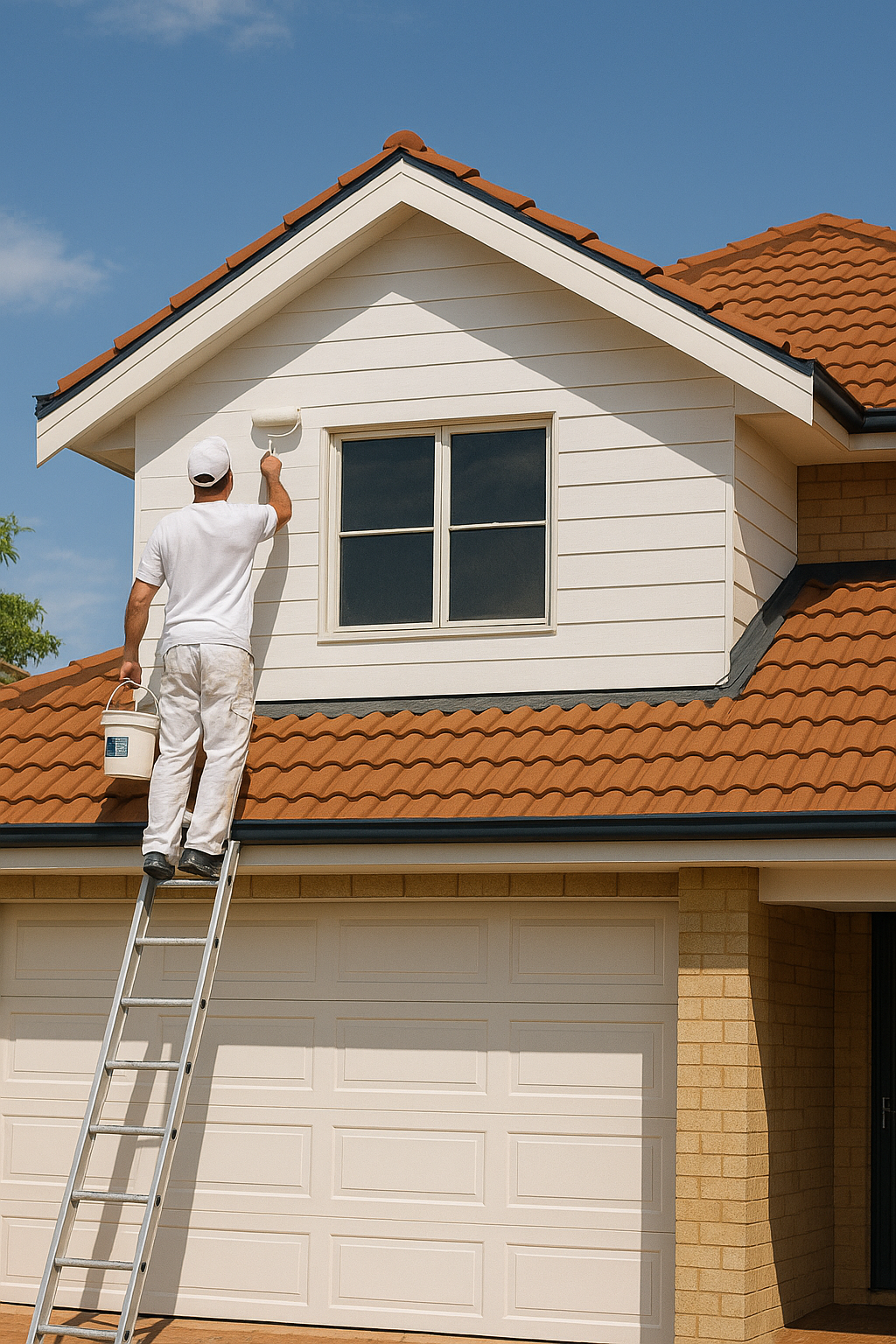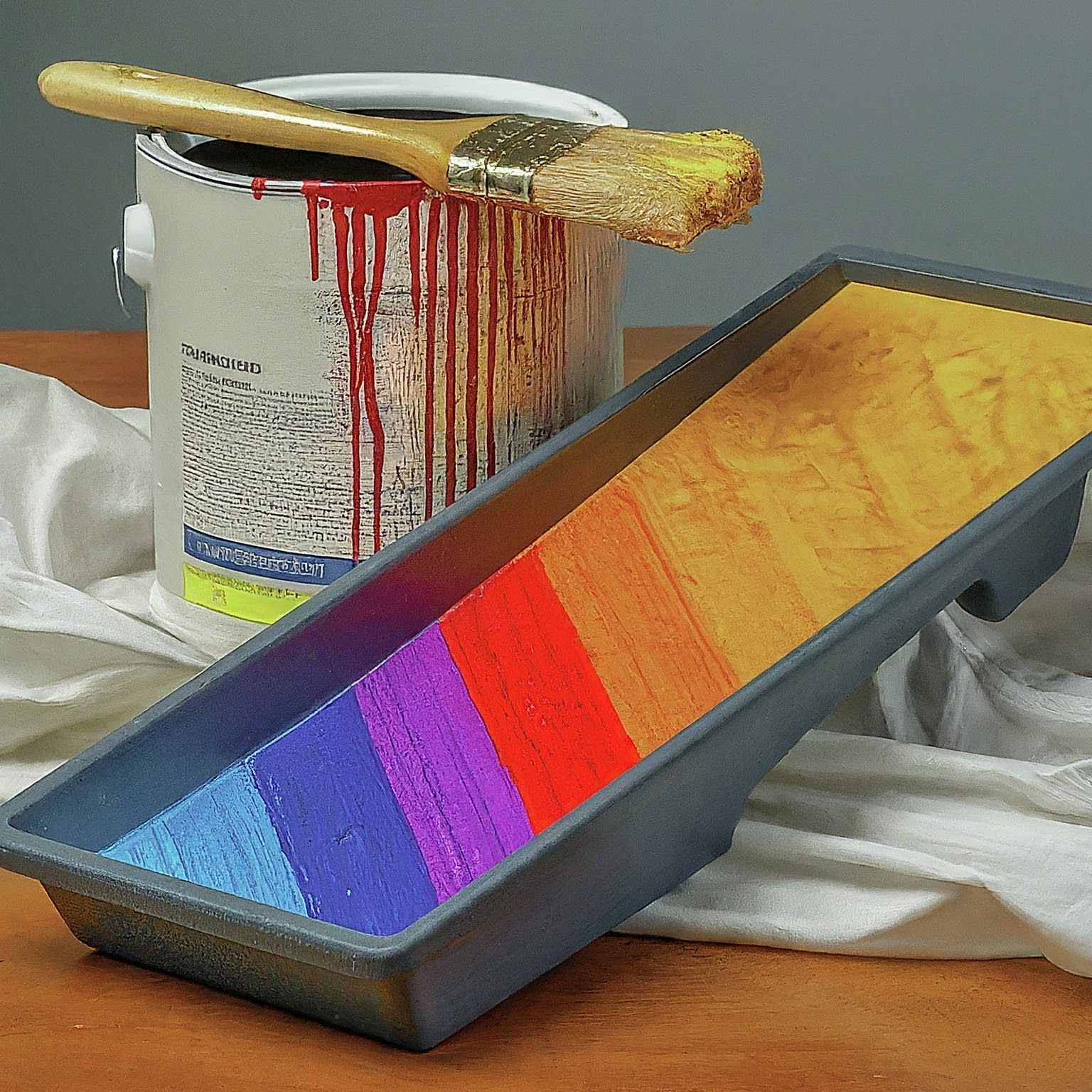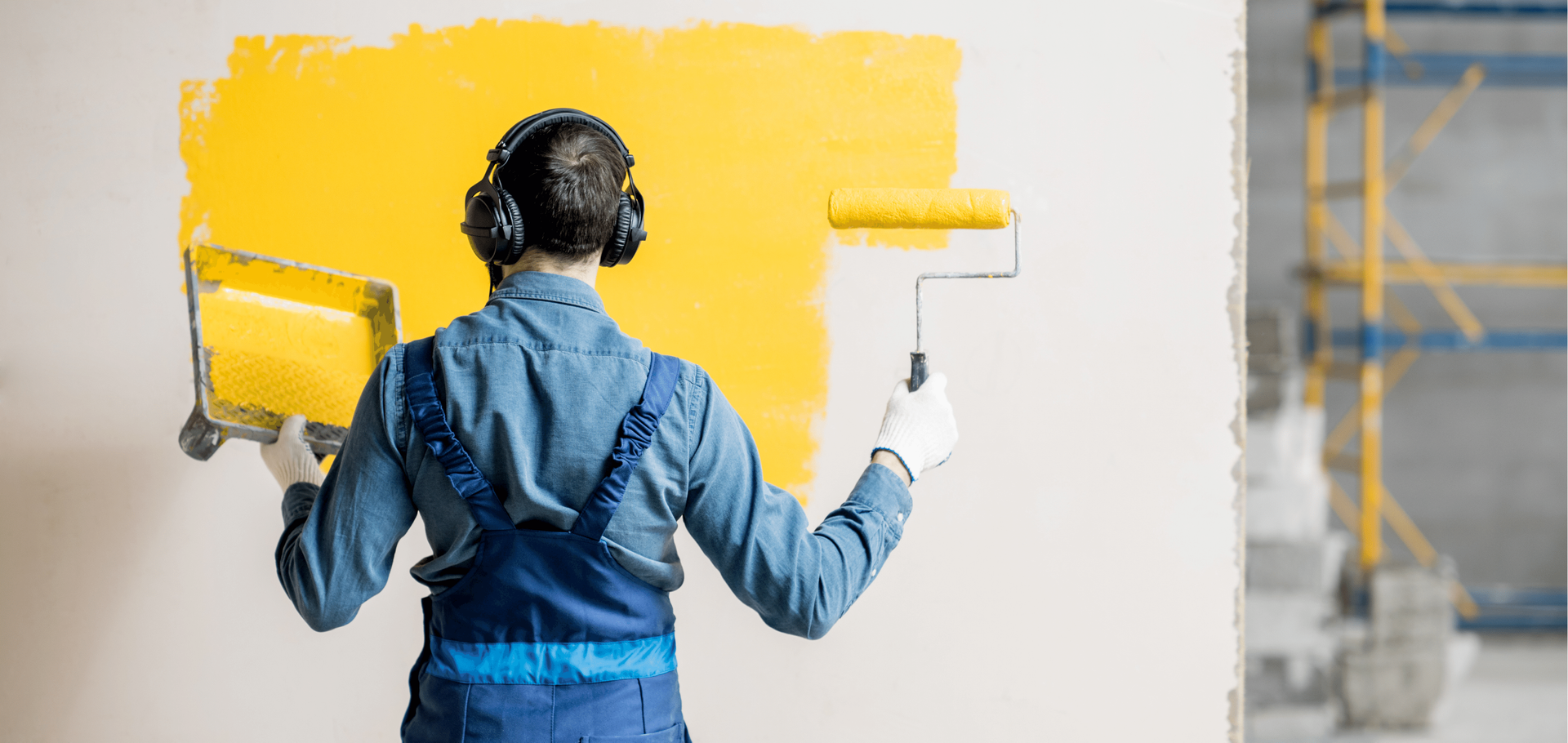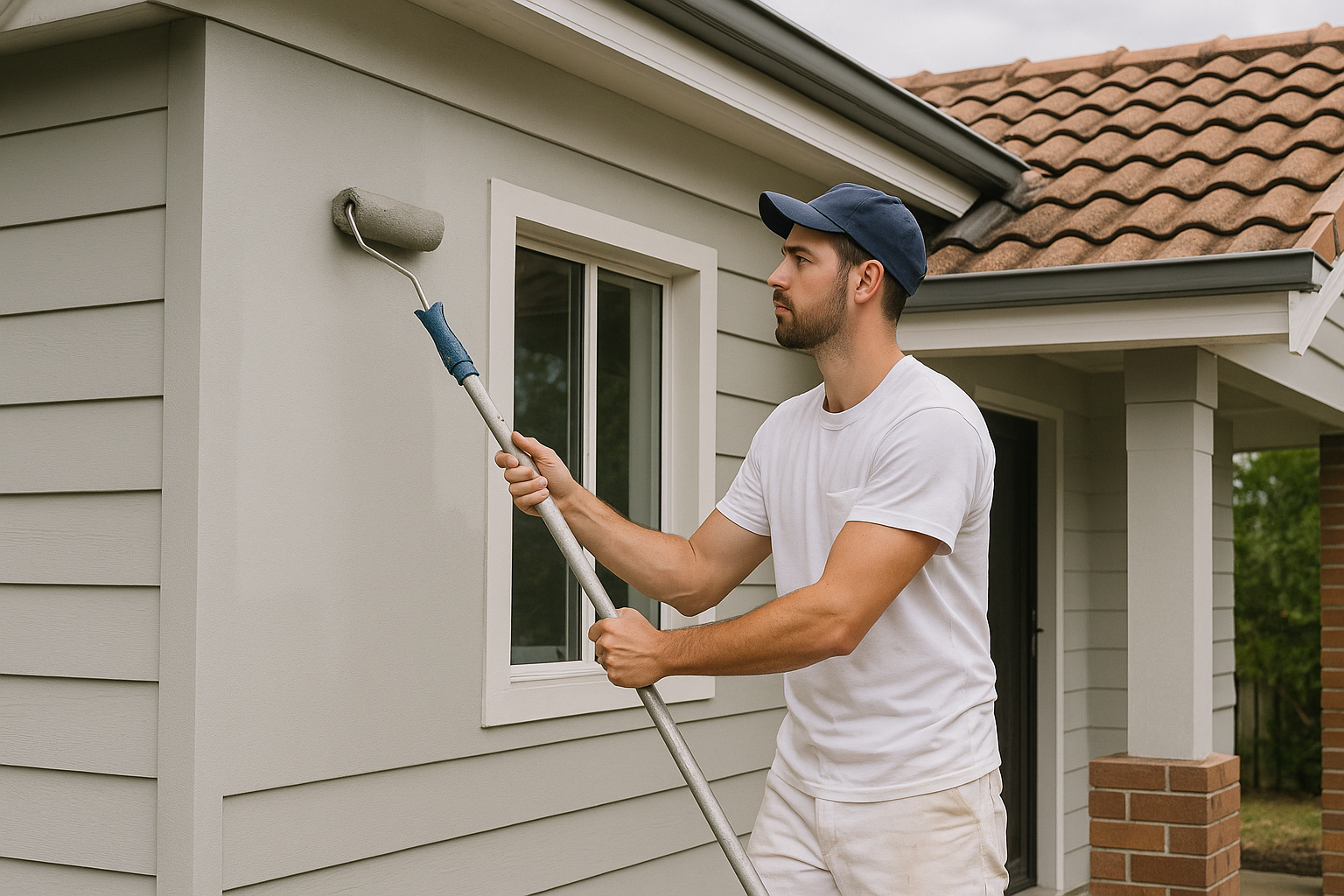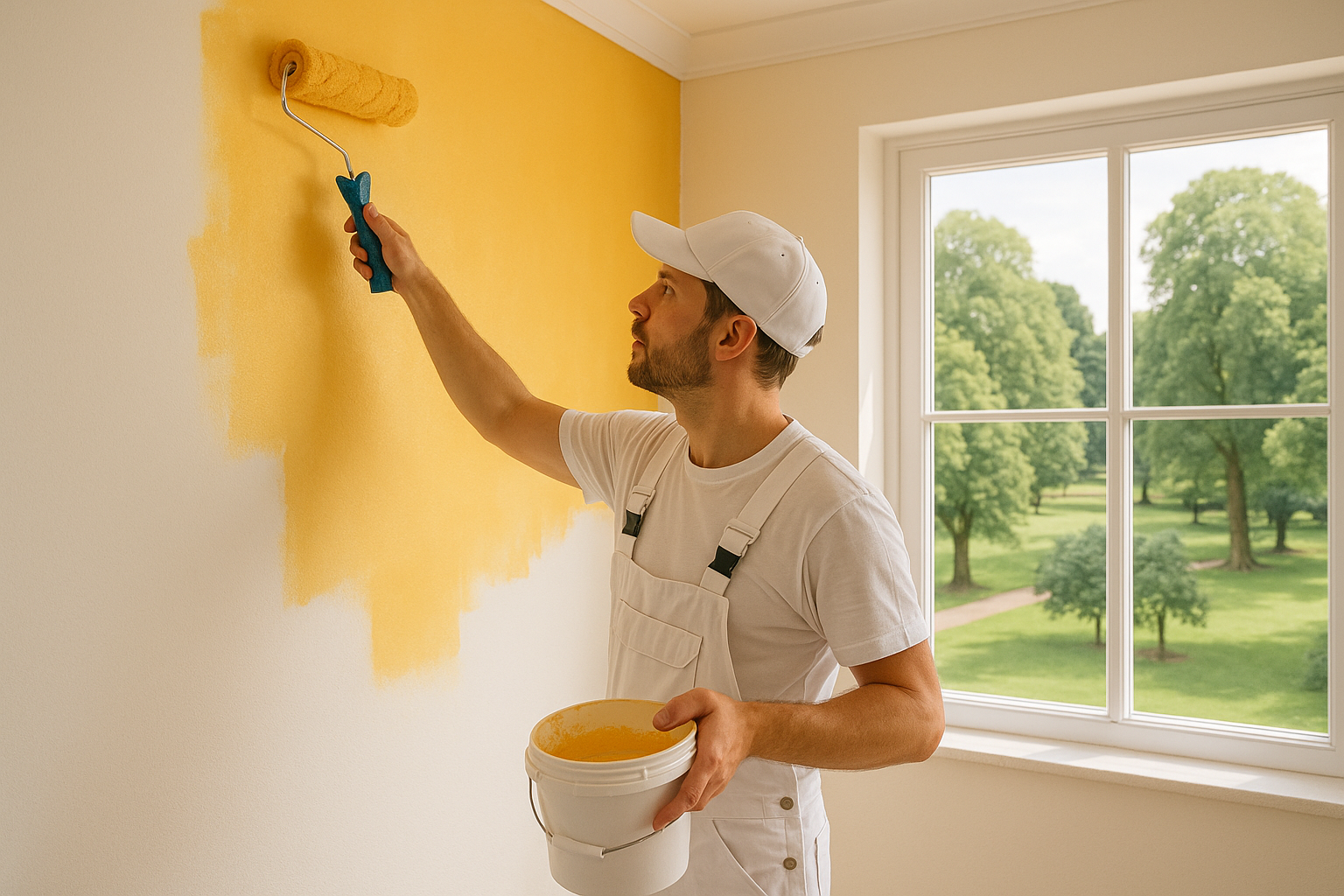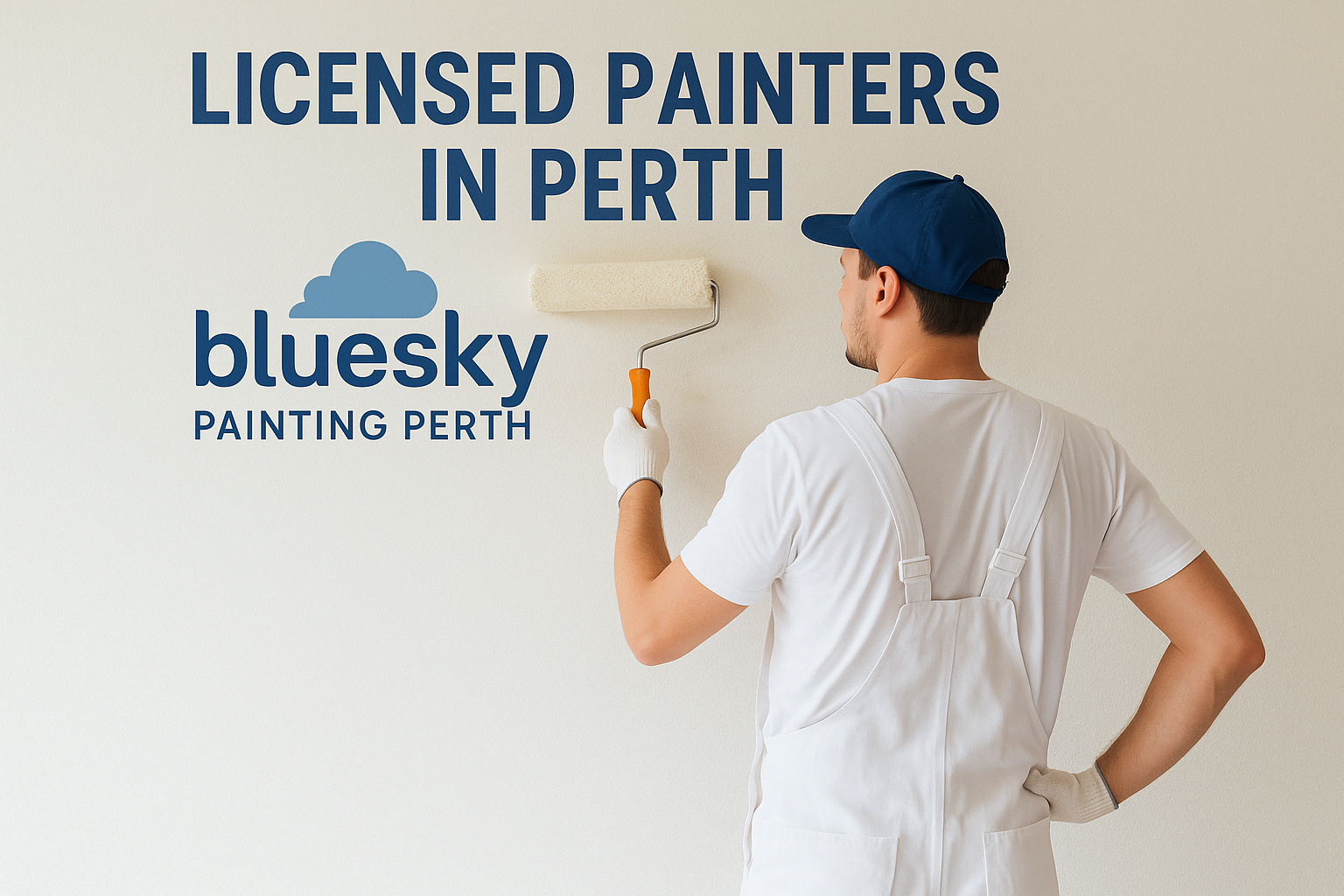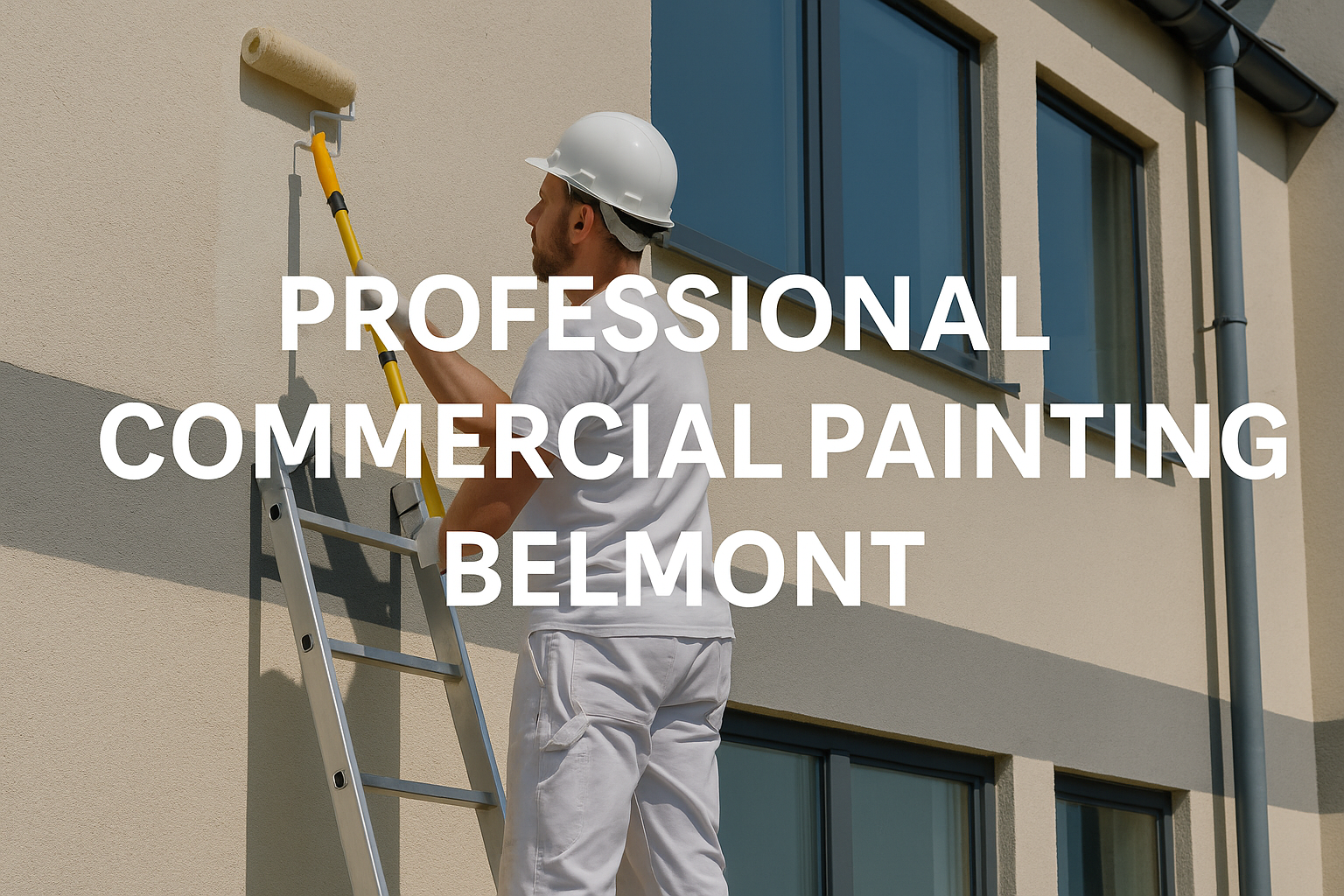How to Prevent and Fix Paint Bubbling on Your Wall
How to Prevent and Fix Paint Bubbling on Your Wall
With regards to House painting Perth area, nothing is more baffling than those little mix-ups that slip through the cracks until after the task is finished. Furthermore, on account of paint percolating, now and again the mistakes don't appear until after the paint has dried totally! There is a method for keeping away from such unsavory shocks. Following our tips underneath can assist with saving you from some normal artwork missteps and assist you with fixing paint rising on walls.
Why Does Paint Bubble?
Most frequently, paint rises on walls from dampness or intensity, which causes a layer — or various layers — to lift away from the surface beneath. Different reasons your paint probably won't bond as expected to the surface you're painting on include:
• Build-up on the wall. Paint struggles with attaching to surfaces that are hot, grimy, or not totally dry. Watch out for water harm, shape, and build-up.
• Moist walls. Assuming you're working in high mugginess or in a space of the house that is inclined to soggy walls, similar to the washroom or the storm cellar, the dampness makes it difficult for the paint to stick.
• Air in the paint. Whether from shaking the can or moving the paint on excessively quick, acquainting air rises with paint makes rankles bound to frame.
• Working with some unacceptable devices. At the point when you paint on a finished surface, utilizing a specialty brush or roller can help. Furthermore, when you paint over existing paint, attempt to match types. Oil-based paint will in general air pocket when put over plastic.
• Avoiding preliminary. In the event that you don't set up your wall the correct way, bubbles are undeniably bound to frame as the paint dries. Cleaning your wall and utilizing groundwork both assist with decreasing rankling.
How to Prevent House Paint Bubbles
• Forestalling paint bubbles implies dealing with the issues that lead to rising before you begin painting. This is the way to set up your home for inside painting:
• Tidy things up. For moderate to gentle soil, just wipe down the walls you need to paint with a sodden towel or a wipe and some warm water. For additional cleaning power, add cleanser to the warm water. Simply ensure you rehash them with a moist towel to eliminate any sudsy build-up. Our manual for cleaning walls has more methods for getting everything flawless.
• Dry it out. Keep away from paint rises on the wall from dampness by dealing with sodden walls before you break out the brushes and rollers. Allow your wall to dry totally prior to starting to paint. Open windows and ways to expand wind stream or run a dehumidifier and turn on certain fans to assist things with drying out.
• Watch the climate. Try not to neutralize nature. On the off chance that you would be able, plan to paint on days that are not hot or sticky, so your paint can dry uniformly. Or on the other hand you can ensure your warming or cooling is having at an agreeable fever and turn on a dehumidifier.
• Try not to rush. While you're painting, without rushing is vital. Try not to attempt to brush paint on the walls excessively quick, or you could present air. Even better, call Five Star Painting® for inside painting administrations! Assuming you really do paint without anyone else, ensure each coat is dry prior to beginning the following one.
• Match paint types. Plastic and oil paint don't blend well, so prime over your old paint or try to utilize a similar paint type that is now there.
• Prime before you paint. Certain individuals attempt to avoid preliminary, however it's fundamental for getting the best, most even paint work. Ensure you know the intricate details of preliminary before you get everything rolling.
• Stay away from outside paint rankling. In the event that you're painting the outside of your home, follow similar tips as inside painting. Try to stay away from blustery or extremely hot days.

